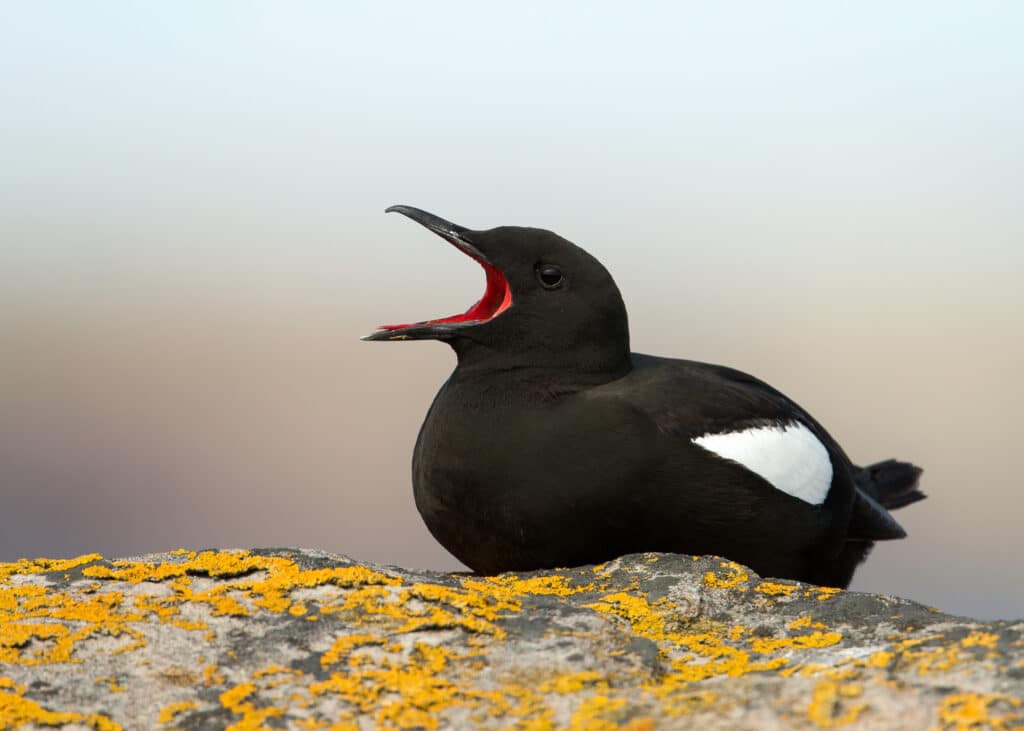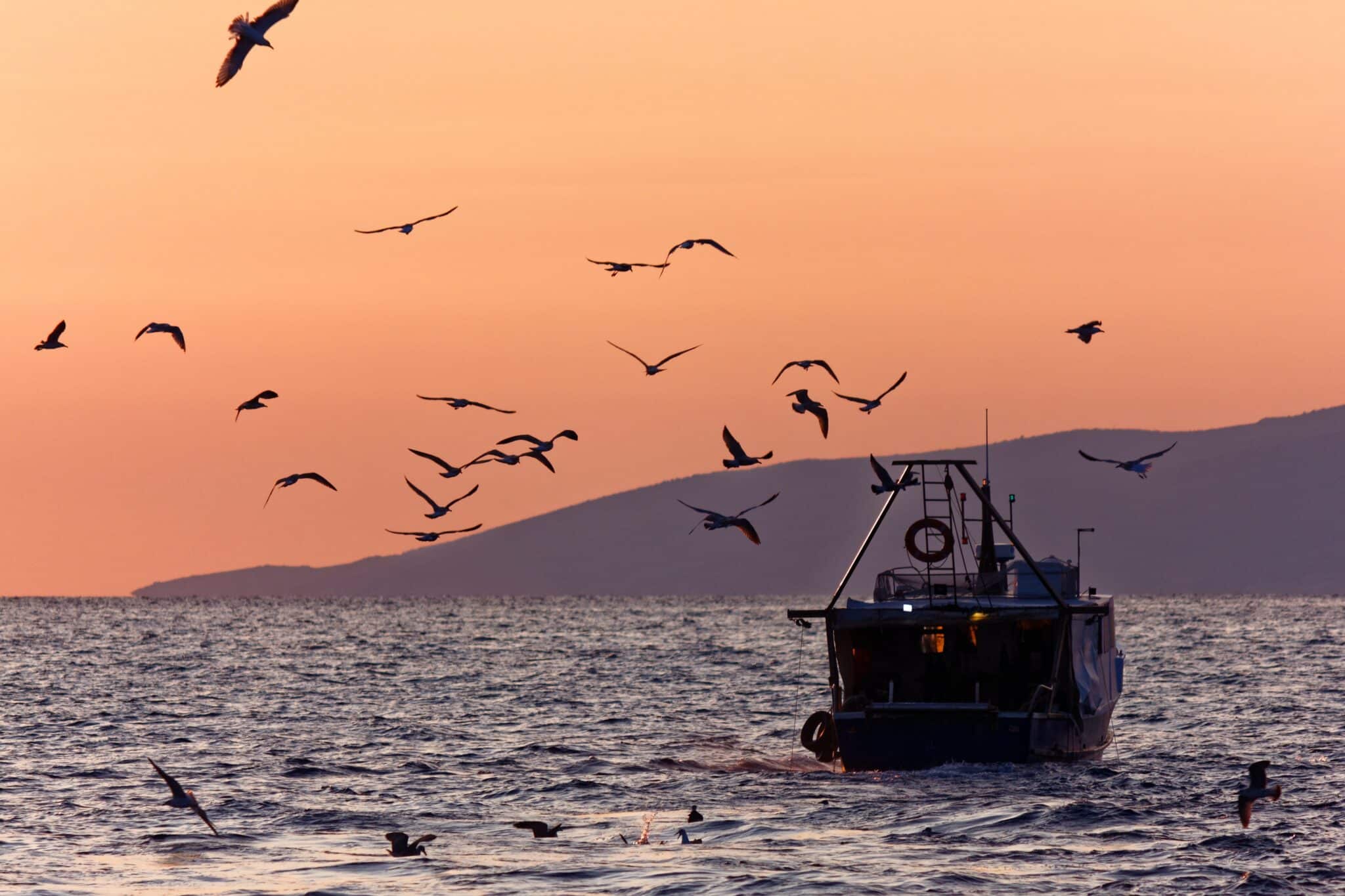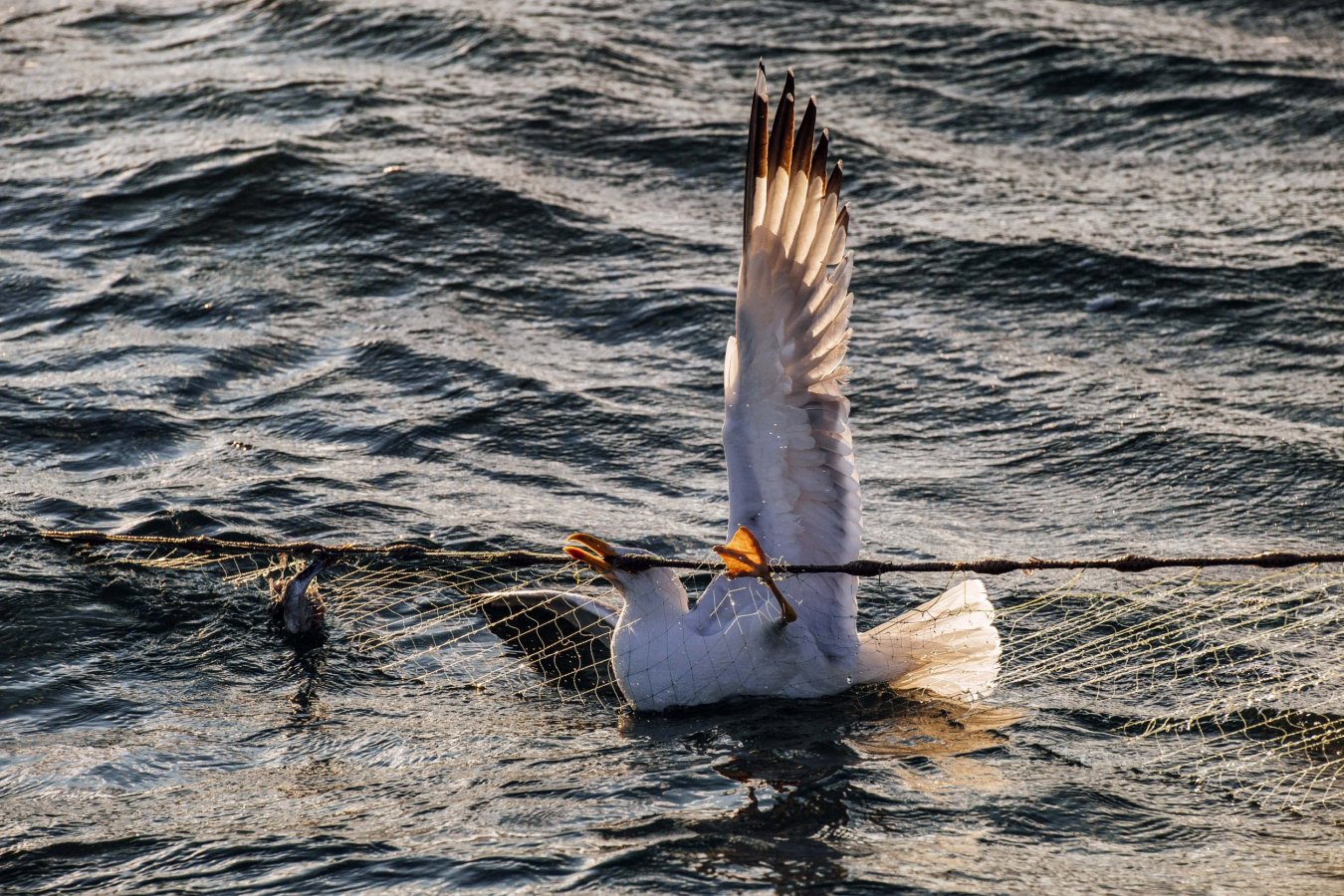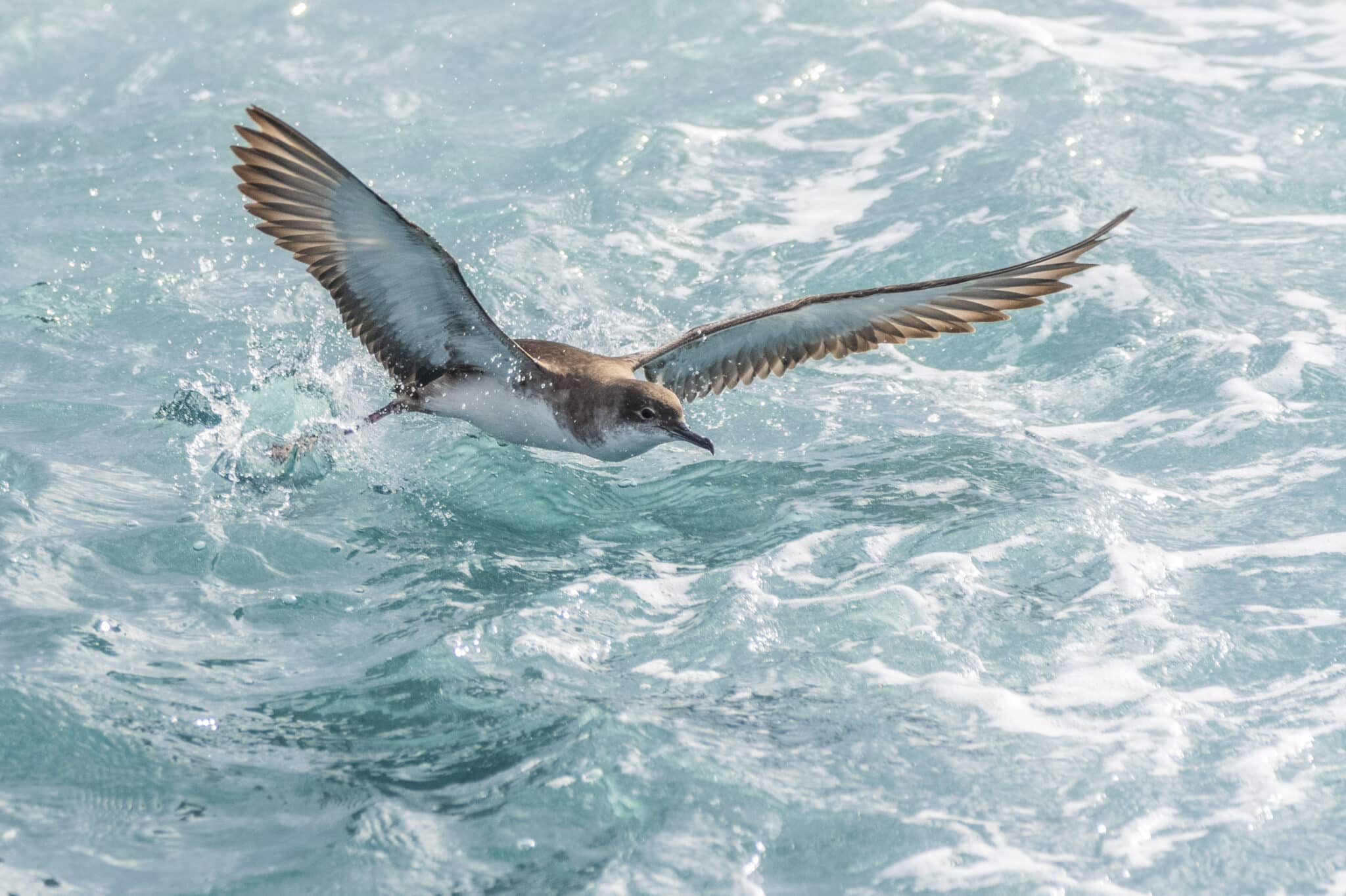What must be done to tackle bycatch of sensitive species in the EU

Thousands of marine mammals, seabirds, sea turtles, sharks, and rays are killed in fishing gear every year in European waters. This bycatch is one of the main causes of the declines seen in many of these species' population. But marine species are not the only ones to suffer. For fishers, bycatch means damaged equipment, lost bait, lost fish, and precious time wasted removing bycaught animals from nets, lines, and hooks.
One of the main goals of the 2013 reform of the EU Common Fisheries Policy (CFP) was to significantly improve the environmental sustainability of fisheries in the EU and to recognise the need for better alignment with EU environmental legislation, such as the Marine Strategy Framework Directive (MSFD) and the Birds and Habitats Directives (BHD). Yet too little has been done so far to properly address bycatch.
Our latest report, provides an overview of the existing EU bycatch-related legislative framework and policies, summarising the obligations of EU countries, and takes stock of the progress made to date in fulfilling them. Specifically, it explores the collection of data necessary to understand bycatch and assess progress towards addressing it, and the adoption and implementation of measures to minimise this issue. Two case studies are analysed to highlight the current lack of implementation of existing legislation.
Based on the challenges and shortcomings observed, our report makes concrete policy recommendations, addressed to the European Commission and the Member States, to improve the implementation and enforcement of the provisions of the CFP and related legislation. It also includes specific recommendations for the long-awaited EU Action Plan to conserve fisheries resources and protect marine ecosystems, which will address the bycatch of sensitive species, among other issues, and is expected to set out a concrete approach to tackle this threat.
At COP 15 of the Convention on Biological Diversity taking place in December in Montreal, Canada, government representatives from 196 countries will adopt the post-2020 global biodiversity framework and review the achievements and the progress towards the “Aichi Biodiversity Targets”. The Aichi Biodiversity Targets aimed to significantly reduce the impact of fisheries on nature at sea. Unfortunately, in the EU, marine biodiversity is currently in a dire state with fishing being the main cause1 2. For the EU to be a leader in biodiversity on the international stage it urgently needs to take strong action to address the negative impact of fisheries on nature at sea and ensure full implementation of existing legislation.
This report was produced in the framework of the project “Understanding Mediterranean multi-taxa bycatch of vulnerable species and testing mitigation. A collaborative approach” (MedBycatch Project).
1. EEA Report No 17/2019: Marine messages II, Navigating the course towards clean, healthy and productive seas through implementation of an ecosystem-based approach, 2020.
2. Special Report 26/2020: Marine environment: EU protection is wide but not deep
Image credit: Black guillemot – Cepphus grylle ©Giedriius
You might also be interested in:
 | Stichting BirdLife Europe gratefully acknowledges financial support from the European Commission. All content and opinions expressed on these pages are solely those of Stichting BirdLife Europe. The European Commission is not responsible for any use that may be made of the information it contains. |









